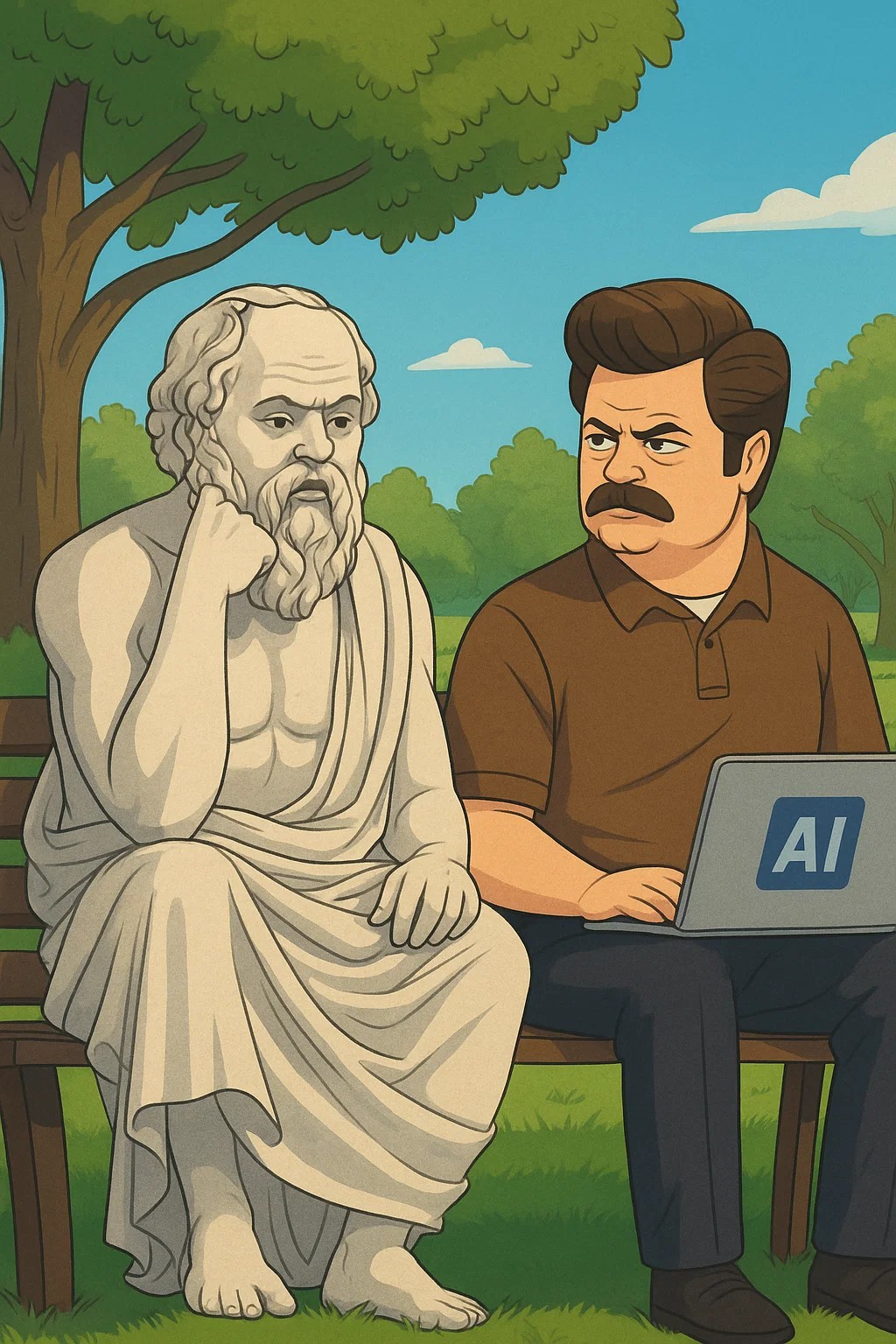Staying Ahead: Embracing AI to Thrive in Parks and Recreation
Monica Tierney reflects on the wisdom of Socrates—acknowledging what we don’t know—as a foundation for growth. Drawing from personal experiences with emerging technologies, from her first text message to the rise of smartphones, she emphasizes that curiosity leads to innovation.
In parks and recreation, artificial intelligence has already begun transforming operations, from pandemic-era capacity monitoring to modern tools like ChatGPT and ZenCity that enhance community engagement, data analysis, and inclusivity. AI offers practical benefits such as sustainable resource management, improved accessibility, and virtual park experiences, helping departments meet diverse community needs.
Tierney stresses that success with AI depends on mindset: approaching it with humility and curiosity rather than fear. By embracing AI as a partner rather than a threat, parks professionals can actively shape the future of their communities. Writing the blog itself became an example of AI’s potential, allowing her to research, write, and create visuals efficiently while learning along the way.

More than two thousand years ago, Socrates offered a simple truth that still resonates today: “I know that I do not know.” He believed that wisdom begins with recognizing our own limitations—that doubt is not a weakness, but a starting point for growth.
That ancient idea hit me recently while listening to a new app called Yuno. I realized that so much of my professional life has been shaped by moments when I didn’t understand something new but chose to lean in rather than pull away.
I remember my first text message. I didn’t know what it was, how it worked, or why my phone was suddenly “talking” to me. A few years later, I mocked the iPhone, wondering why anyone would want to carry a computer in their pocket. Of course, today I use my phone for everything—from scheduling to self-care.
Those experiences taught me the same lesson Socrates knew: when we admit we don’t know, we open the door to discovery. That mindset is more important than ever now, as technology, especially artificial intelligence, reshapes how we live, work, and serve our communities.
AI: The Next Shift
In parks and recreation, AI isn’t a distant future; it’s here. My first real encounter with it came during the pandemic, when we implemented a digital capacity monitoring system at our pool. That small step opened my eyes to the power of real-time, data-driven decision-making.
Today, AI tools like ChatGPT, Perplexity, and ZenCity help me work faster and smarter. They pull together community feedback, analyze trends, and even help craft plans that are more inclusive and accessible. Just as my phone became an essential tool, AI is becoming an everyday partner in keeping parks relevant and responsive.
What AI Brings to Our Field
The beauty of AI in parks and recreation is that it works quietly in the background, solving problems we used to tackle with guesswork. It helps us design spaces that are more accessible, adjusting lighting or field irrigation automatically to save resources. It makes it possible to “visit” a park virtually, opening our spaces to people who can’t come in person. It analyzes thousands of community comments to highlight what really matters to residents.
These aren’t abstract ideas—they’re practical ways to meet people where they are, ensure everyone feels welcome, and care for our spaces more sustainably.
Leading with Curiosity
Technology is only as good as the mindset we bring to it. If we approach AI with fear or rigid certainty, we’ll miss its potential. If we approach it like Socrates—with humility, curiosity, and a willingness to admit we don’t know everything—we give ourselves permission to explore and grow.
That’s how I see AI in our field: not as a threat to our work, but as a partner in making it stronger. By embracing it now, we’re not just keeping pace with change, we’re shaping the future of our parks and communities.
A Final Reflection
Writing this blog was an exercise in that philosophy. I began with questions, used AI to research, wove in my own experiences, and refined the draft in my own voice. What once might have taken half a day was finished in under an hour—and when it was complete, I used Sora to create a custom image to bring it to life.
Like the first text message I ever received, I didn’t fully understand it at first. By leaning into the unknown, I learned—and in the process, built something better.
That, I believe, is what Socrates would have wanted us to do all along.
